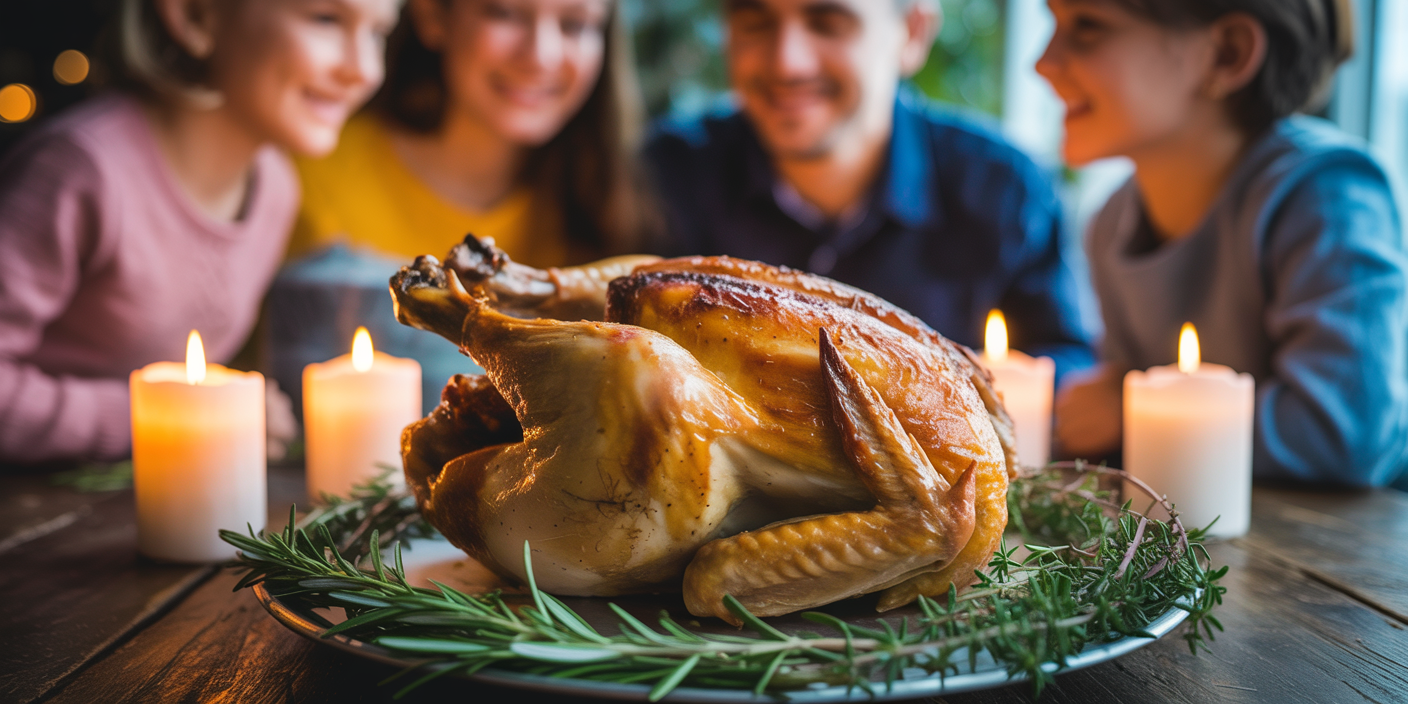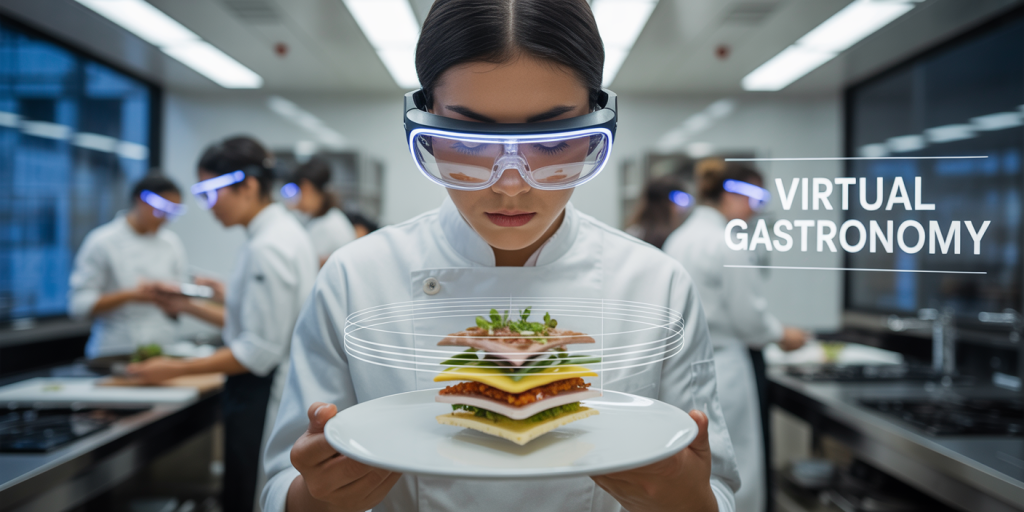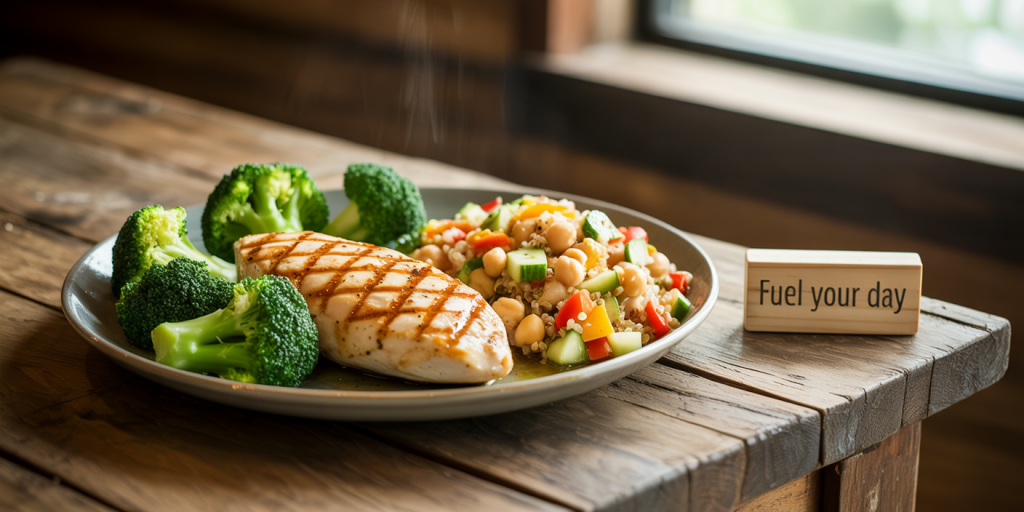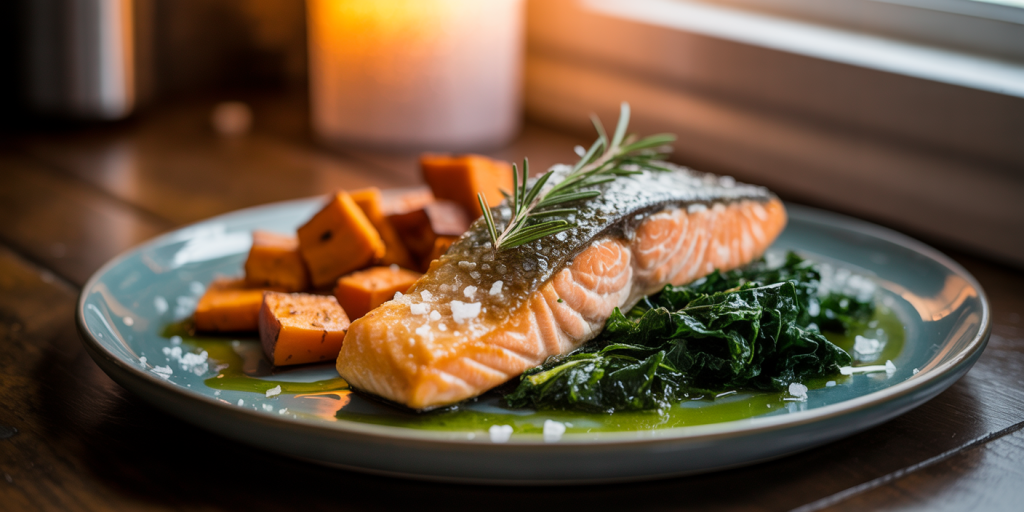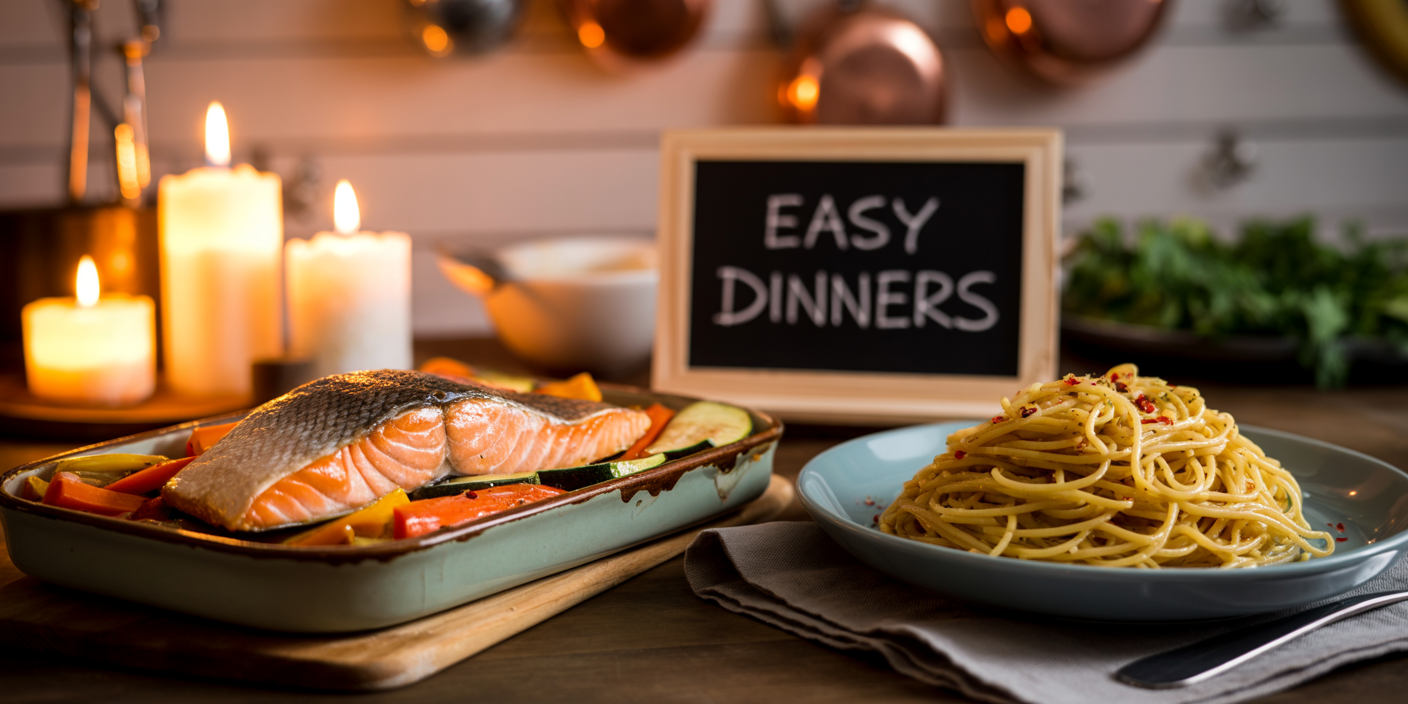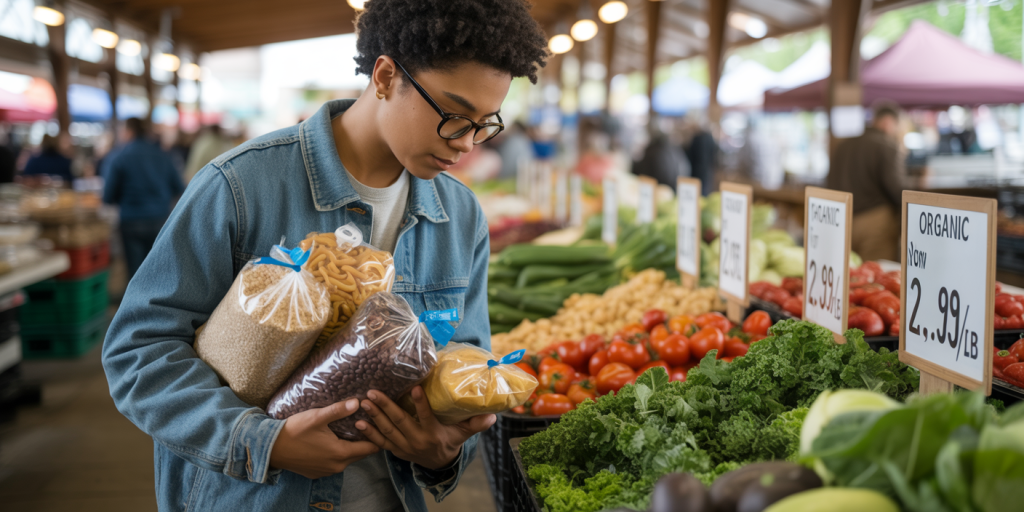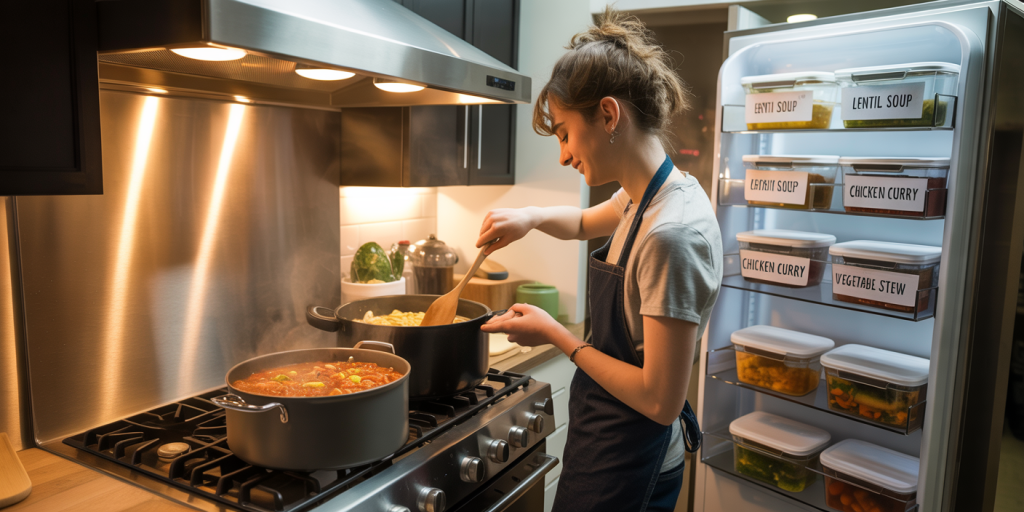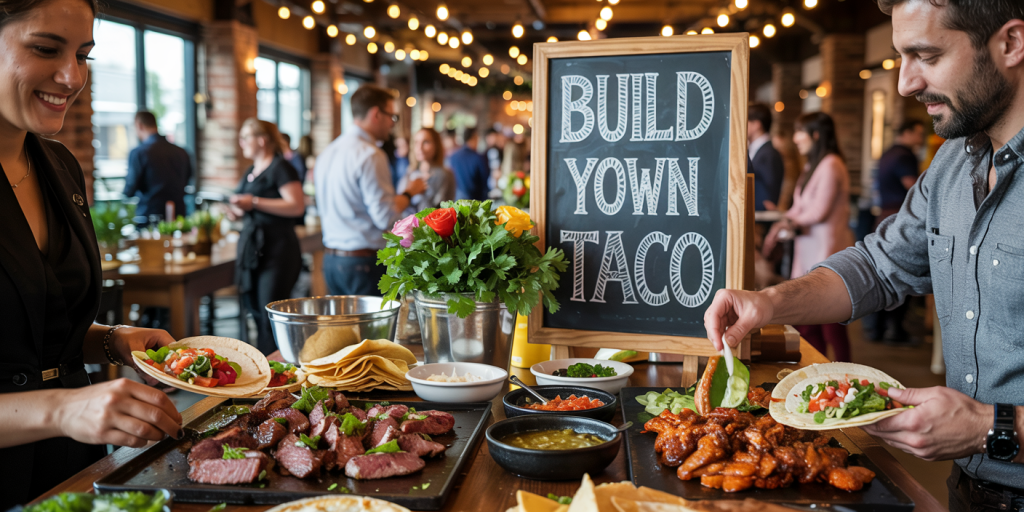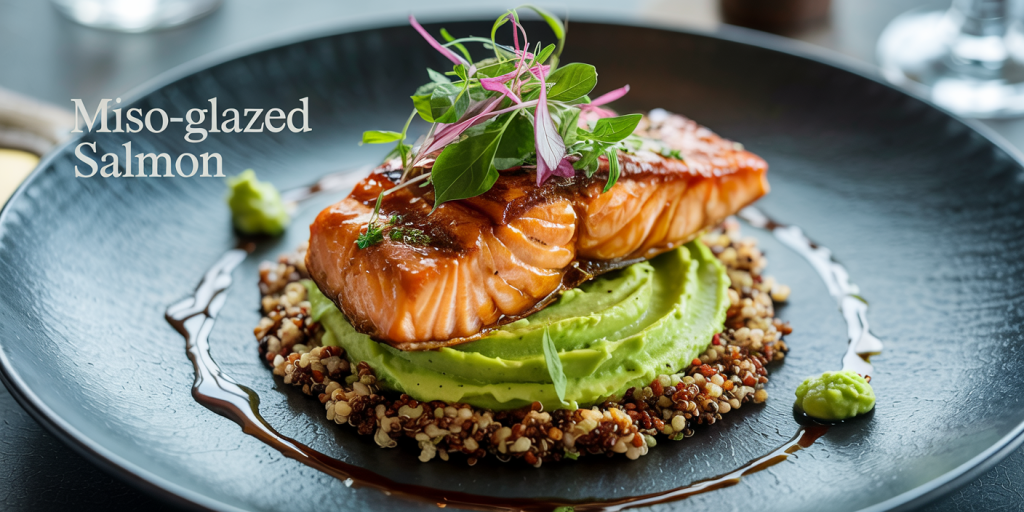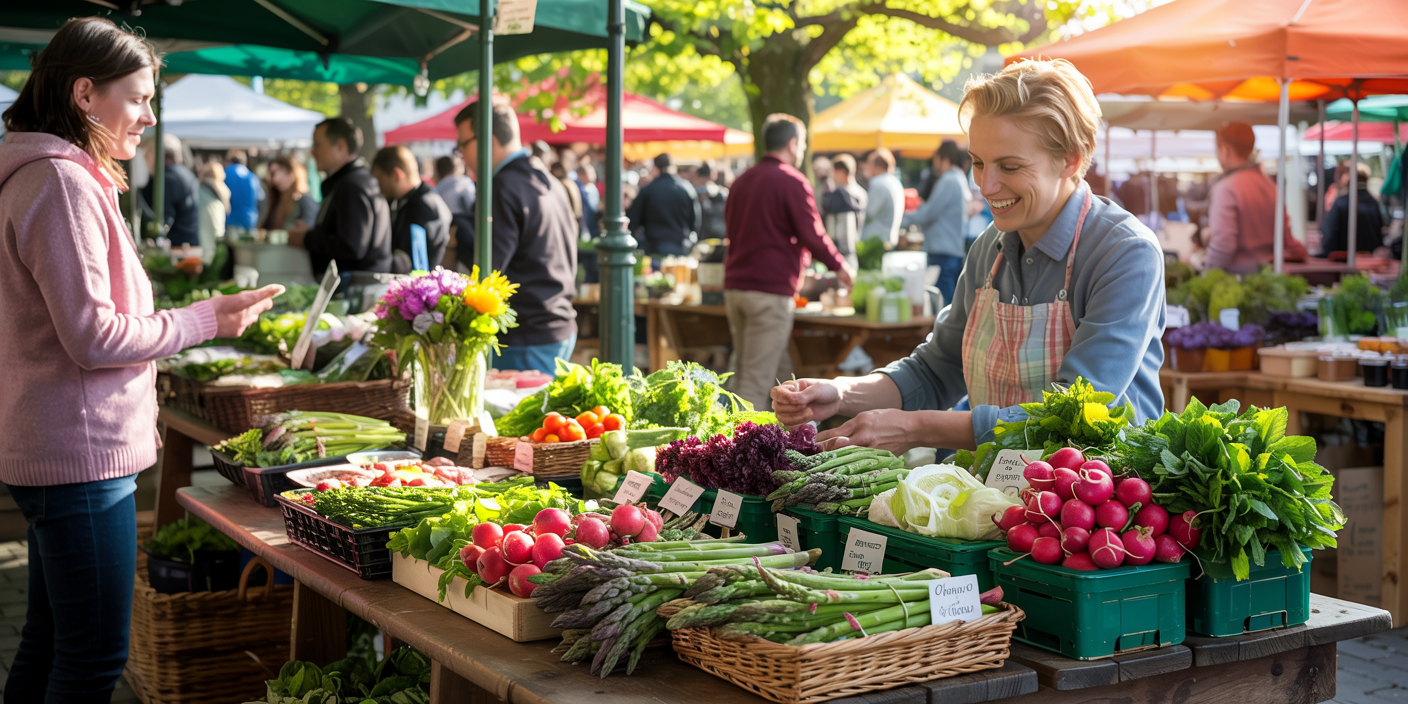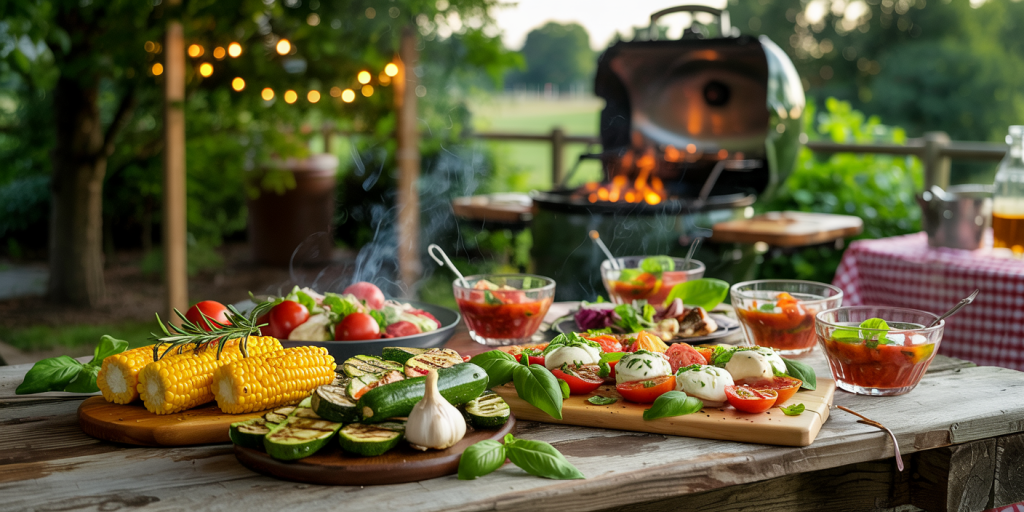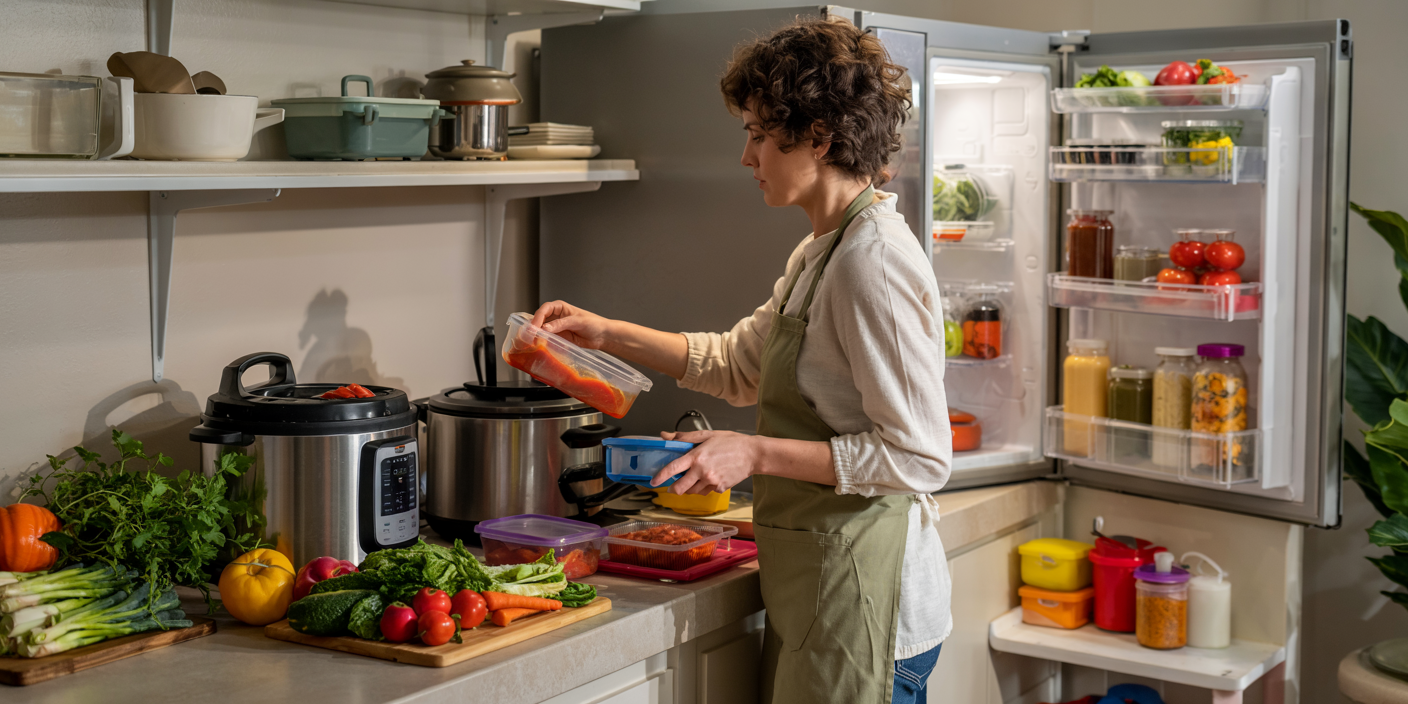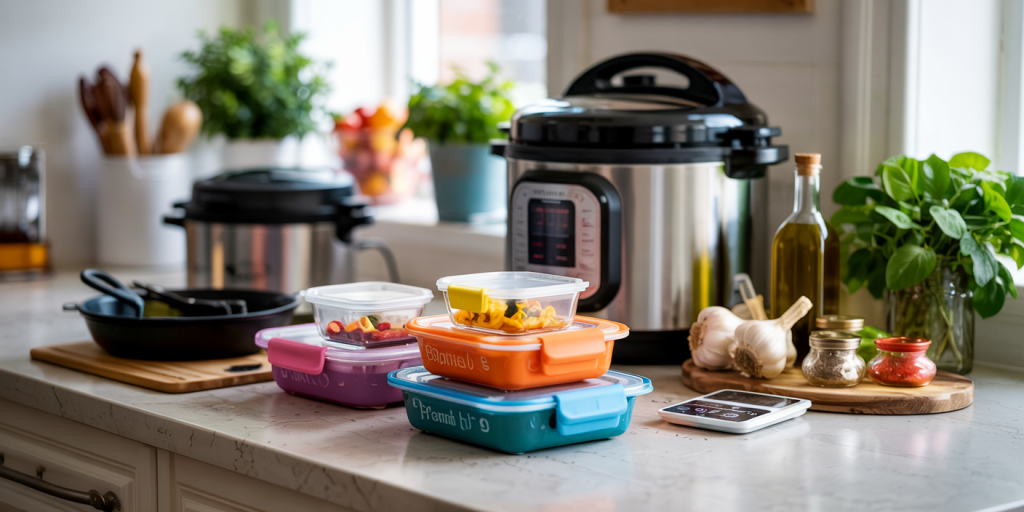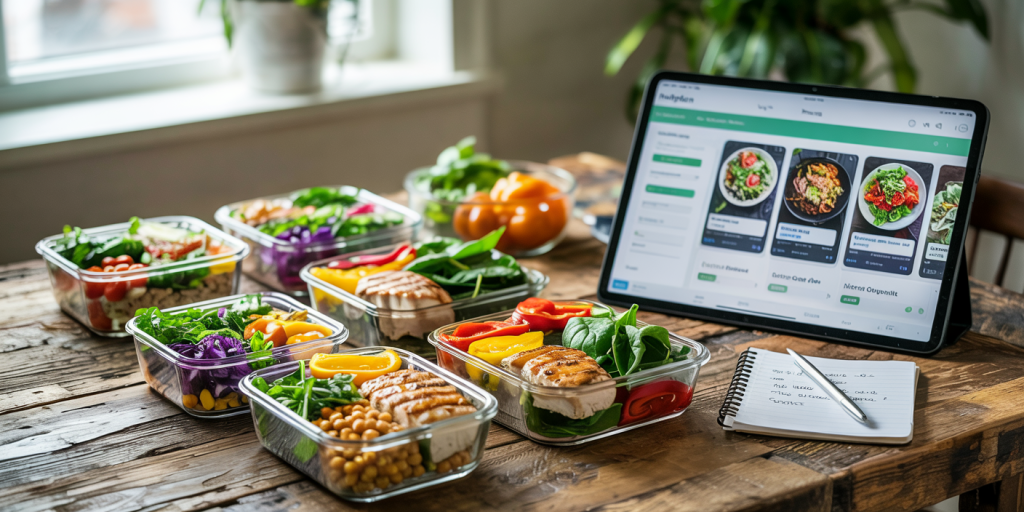Food is much more than mere sustenance; it represents culture, emotions, memories, and even identity. Choosing my top five favorite meals of all time has been a journey through diverse flavors, culinary traditions, and personal experiences that I treasure deeply. These meals transcend just taste—they tell stories of family gatherings, travels, celebrations, and self-indulgence. In this article, I will explore my top five favorite meals, sharing why they stand out, their cultural significance, and how they compare in nutritional and culinary aspects.
The Essence of Comfort Food: Classic Roast Chicken
Roast chicken is undoubtedly a global comfort food and a beloved staple in many households, including mine. It is simple, nutritious, and versatile, often serving as a base for countless meals. The golden-brown skin, infused with herbs like rosemary and thyme, combined with juicy tender meat, creates a sensory experience that feels like a warm hug during any season.

From a nutritional perspective, roast chicken provides a rich source of protein, healthy fats, and essential vitamins like B6 and niacin. According to the USDA, a 3.5-ounce serving of roasted chicken yields approximately 165 calories and 31 grams of protein, making it ideal for muscle repair and energy. My personal attachment to roast chicken ties back to family dinners where the aroma filled the house and brought everyone together around the table. Such shared experiences underscore the meal’s value beyond nutrition—it fosters connection and tradition.
Practical Insight
For anyone interested in trying a foolproof roast chicken, it is essential to pat the chicken dry before seasoning to achieve crispy skin. Moreover, basting the chicken with its juices approximately every 20 minutes helps retain moisture. This straightforward dish shows its range when paired with sides from mashed potatoes to roasted vegetables or even a fresh salad—each variation highlighting different flavors and textures.
The Richness of Indian Butter Chicken
Butter chicken, or Murgh Makhani, is a sumptuous North Indian dish that combines creamy tomato-based gravy with perfectly cooked chicken pieces. This dish scored high on my list due to its balanced spices, richness, and the harmony of sweet and savory, all packed into a single bowl. Butter chicken is often served with naan or basmati rice, making it a fulfilling experience that lingers warmly on the palate.

Health-wise, butter chicken packs a higher calorie count due to heavy cream and butter involved in its preparation; a typical serving contains around 430 calories and 25 grams of fat. Despite this, the dish’s nutritional profile benefits from protein-rich chicken and antioxidants from spices such as turmeric and fenugreek, which have anti-inflammatory properties.
Flavor Profile and Cultural Impact
Butter chicken was developed in the 1950s in Delhi and reflects the Mughlai cuisine’s richness and the post-independence Indian culinary evolution. It perfectly embodies how food evolves to accommodate the tastes and ingredients of available regions. Restaurants worldwide adapted it in various forms, but the authentic recipe remains unmatched. I personally experienced the magic of butter chicken during a trip to Chandigarh, where the combination of sweet carrots and spicy masala in the gravy made each bite a celebration of Indian cookery’s complexity.
The Harmony of Mediterranean Ratatouille
Ratatouille is a classic French vegetable stew originating from Nice, composed of zucchini, eggplants, tomatoes, peppers, onions, and herbs like thyme and basil. This humble yet elegant dish caters to both vegetarians and meat-eaters, boasting a colorful presentation and fresh, robust flavors. Ratatouille is one of my favorites because it highlights the beauty of plant-based cuisine without compromising taste or satisfaction.

As per nutritional data, ratatouille is low in calories (about 150 calories per cup) but high in fiber, vitamins A and C, and antioxidants—ideal for heart and digestive health. The Mediterranean diet, of which ratatouille is a component, has been linked to reduced risks of cardiovascular diseases, certain cancers, and improved longevity.
Culinary Versatility and Real-Life Application
This dish is highly adaptable; during summer months, the abundance of fresh produce elevates ratatouille, allowing seasonal variations and personalized spice blends. I often prepare ratatouille as a side dish or a main, paired with crusty bread or polenta. French culinary schools praise ratatouille for teaching students knife skills and timing, as the layers are cooked separately before assembling, preserving the integrity of each vegetable’s flavor and texture.
| Vegetable | Nutritional Benefit | Cooking Tip |
|---|---|---|
| Zucchini | Vitamin C, potassium | Sauté until just tender |
| Eggplant | Fiber, antioxidants | Salt and drain to remove bitterness |
| Tomatoes | Lycopene, vitamin K | Use fresh, ripe varieties |
The Hearty Satisfaction of Japanese Ramen
Ramen represents a culinary fusion that has taken Japan—and later the world—by storm. This noodle soup comes in several variants: shoyu (soy sauce), miso, tonkotsu (pork bone broth), and shio (salt), each delivering distinct flavors and textures. I gravitate towards tonkotsu ramen, known for its creamy, rich broth simmered for hours, tender chashu pork, and perfectly cooked noodles.
Ramen conjures memories of urban exploration in Tokyo where street vendors and izakayas serve steaming bowls of this dish late into the night. The broth’s mouthfeel and depth build a comfort that’s both indulgent and revitalizing. However, ramen is generally high in sodium (about 1,800 mg per bowl), necessitating moderation for those monitoring their salt intake.
Modern Adaptations and Nutritional Awareness
Contemporary ramen chefs balance tradition with health consciousness by introducing vegetable broths or reducing sodium via miso and seaweed bases. Homemade ramen allows control over ingredients and portion sizes, supporting a better nutritional profile.
A comparative look at different ramen styles expands the appreciation of this dish’s cultural and sensory diversity:
| Ramen Type | Broth Base | Flavor Profile | Popular Region |
|---|---|---|---|
| Tonkotsu | Pork bones | Rich, creamy, umami | Fukuoka |
| Shoyu | Soy sauce | Savory, slightly sweet | Tokyo |
| Miso | Fermented soybean | Earthy, robust | Hokkaido |
| Shio | Salt | Light, clear | Hakodate |
Through these variables, ramen remains a dynamic culinary adventure, adaptable to tastes from light to intense.
The Irresistible Classic American Cheeseburger
No list of favorite meals would be complete without acknowledging the classic American cheeseburger. From local diners to gourmet burger joints, this dish encapsulates simplicity fused with flexibility. The cheeseburger’s allure lies in its balance of smoky grilled beef, melted cheese, fresh lettuce and tomato, and a soft bun—all customizable with numerous toppings.
Nutritionally, burgers vary widely depending on components. A standard fast-food cheeseburger packs roughly 300-500 calories with around 20-30 grams of fat and 15-25 grams of protein. However, gourmet versions with high-quality beef, whole-grain buns, and added vegetables can offer a more balanced meal.
Cultural Phenomenon and Personal Experience
The cheeseburger is emblematic of American food culture and dining habits, embodying a “grab and go” ethos without sacrificing enjoyment. For me, the cheeseburger is comfort and celebration in one; summer barbecues and road trips are incomplete without sinking into a juicy patty topped with sharp cheddar or American cheese.
From practical experience, cooking the perfect burger requires attention to patty thickness, seasoning, and grilling time—aiming for a moist interior and crispy exterior. The bun, often overlooked, plays a critical role in structural integrity and texture, with brioche and potato buns frequently favored in upscale settings.
Looking Ahead: Future Food Trends and Favorite Meals
As global cuisines continue to intersect and evolve, the meals that define our favorites will likely adapt, influenced by health trends, sustainability concerns, and innovative cooking technologies. For example, plant-based alternatives are gaining traction, offering delicious substitutes for meat-heavy dishes like cheeseburgers and roast chicken. According to a 2023 report by the Good Food Institute, the plant-based meat market is projected to reach $35 billion by 2027, driven by consumer demand for environmentally friendly options.
Moreover, digitization and AI are transforming home cooking, with smart appliances and personalized nutrition apps guiding meal preparation to balance taste and wellness. This could lead to reinvented recipes of classic dishes such as butter chicken with reduced fat or ramen with lower sodium, enabling health-conscious individuals to savor their favorites without compromise.
The fusion of technology and tradition may also encourage more people to explore diverse dishes—such as ratatouille and ramen—bridging cultures and expanding palates. Cooking methods like sous-vide and air frying offer healthier and more precise results which may redefine how we approach cherished meals.
In sum, while my top five favorite meals remain timeless today, their future iterations will open even more doors for creative and nutritious culinary experiences, reaffirming food’s central role in culture, health, and enjoyment.
